The Ho Dynasty with its bold and timeless reforms only lasted for 7 years but caused much controversy in evaluation, criticism, and recognition. The Ho Dynasty was established in the context of serious social conflicts, the court was increasingly declining, corruption was growing, treacherous officials were rampant, the country was weak, the army was weak while the kings at the end of the Tran Dynasty were incompetent and had to face many difficulties.
According to historian Le Van Lan, in such a context, Ho Quy Ly's replacement of the Tran Dynasty was a historical inevitability. "The Tran Dynasty had lost its role in managing and developing the country due to stagnation in management thinking and difficulties in organizing and managing the country. Therefore, replacing the Tran Dynasty to pave the way for history to continue moving forward was Ho Quy Ly's responsibility, in addition to his ambition to become a leader, great leader, military commander, and emperor."
The Ho Dynasty existed for only 7 years, but since he was a high-ranking mandarin of the Tran Dynasty, Ho Quy Ly carried out many reforms in many fields. During the 35 years of holding power in the Tran and Ho Dynasties, he carried out a series of reform measures in many aspects, changing old policies and proposing new policies. Those measures aimed to solve the economic and social crisis of Dai Viet, eliminate the separatist elements of the Tran Dynasty's aristocracy, and build a strong centralized monarchy. His reforms were relatively comprehensive and systematic, covering many fields from politics, national defense to economy, society, culture, and education.
As a talented and ambitious person, even when he was a subject of the Tran Dynasty, Ho Quy Ly introduced paper money into circulation for the first time in our country in 1396, replacing the metal money that had been used before. It can be said that this innovation of the Ho Dynasty was a great step forward with a far-sighted vision.
Ho Quy Ly was also the first king in our country to widely popularize the use of Nom script, bringing Nom script to an important position. That was considered a manifestation of the will to uphold the national spirit. Regarding examinations, although it only existed for 7 years, the Ho Dynasty organized 2 examinations, with nearly 200 people passing. Some talented people who passed the exams under the Ho Dynasty later served the Le So Dynasty: Nguyen Trai, Ly Tu Tan, Vu Mong Nguyen, Hoang Hien, Nguyen Thanh.
In terms of military, the Ho Dynasty reformed and strengthened the army, eliminated the weak, added the strong, increased the number of troops and local military forces. At the same time, attention was paid to improving military technology. Ho Nguyen Trung - the eldest son of Ho Quy Ly created new weapons: the big gun Than Co, the sea-going warship Co Lau. In particular, the Ho Dynasty built a new solid stone citadel in An Ton, Tay Do, commonly known as the Ho Dynasty Citadel.
"The Ho Dynasty Citadel is a work of outstanding global value, a military fortress, demonstrating the skillful connection between architectural works and cultural and natural landscapes. The construction of the arches is a high-tech technique of the Ho Dynasty Citadel. Because of the weight of the stones pressing on each other, they do not shift, and storms are not a problem, except in the case of a very large earthquake, when they are pushed. In the past, the longest stone was about 6m long and weighed about 26-27 tons," said Mr. Truong Hoai Nam, Deputy Director of the Center for Historical Research and Cultural Heritage Conservation of Thanh Hoa.
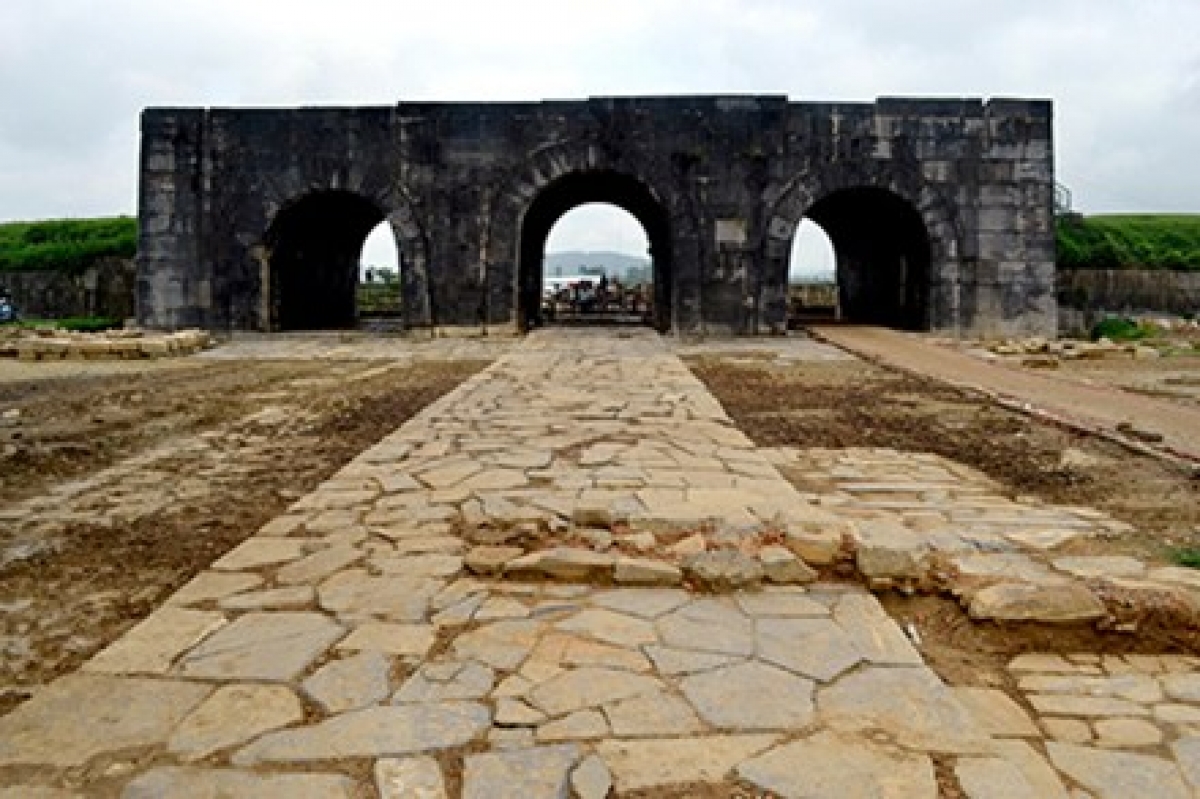
Thanh Tay Do or Ho Dynasty Citadel - Famous ancient stone architecture
In addition, the Ho Dynasty also implemented many social reform policies, such as: limiting land and slaves, issuing paper money, re-establishing the tax system, and rectifying education and examinations. Special attention was paid to reorganizing the army, opening weapon forges, building ships, building a system of ramparts, and consolidating key locations to defend the country. However, when the Ming Dynasty invaded our country in 1406, although the Ho Dynasty made many efforts to build high walls, deep moats, and produce many weapons... to fight the enemy, it still collapsed.
Mr. Do Quang Trong, Deputy Director of the Department of Culture, Sports and Tourism of Thanh Hoa province, said that although the reforms of the Ho Dynasty did not bring about truly lasting results for the country in terms of history, as evidenced by the fact that they did not really help the Ho Dynasty to maintain the country against foreign invasion, they were still very valuable and had many positive and progressive points. "Those policies, but with the Confucian monarchical state model adopted by Ho Quy Ly, later became the conditions that opened up for an early Le Dynasty. This can be seen as the opening work for the development of our country later on."
The Ho Dynasty, specifically Ho Quy Ly, is recognized as a great reformer with many progressive ideas in Vietnamese history. However, because of many hasty steps, deepening the gap between the court and the people, it led to a great crisis of trust in society. Because of losing the people's trust, it led to the Ho Dynasty's defeat when the country was invaded by the Ming army.
Source: https://vov2.vov.vn/van-hoa-giai-tri/nha-ho-va-nhung-cai-cach-trong-lich-su-dan-toc-50096.vov2


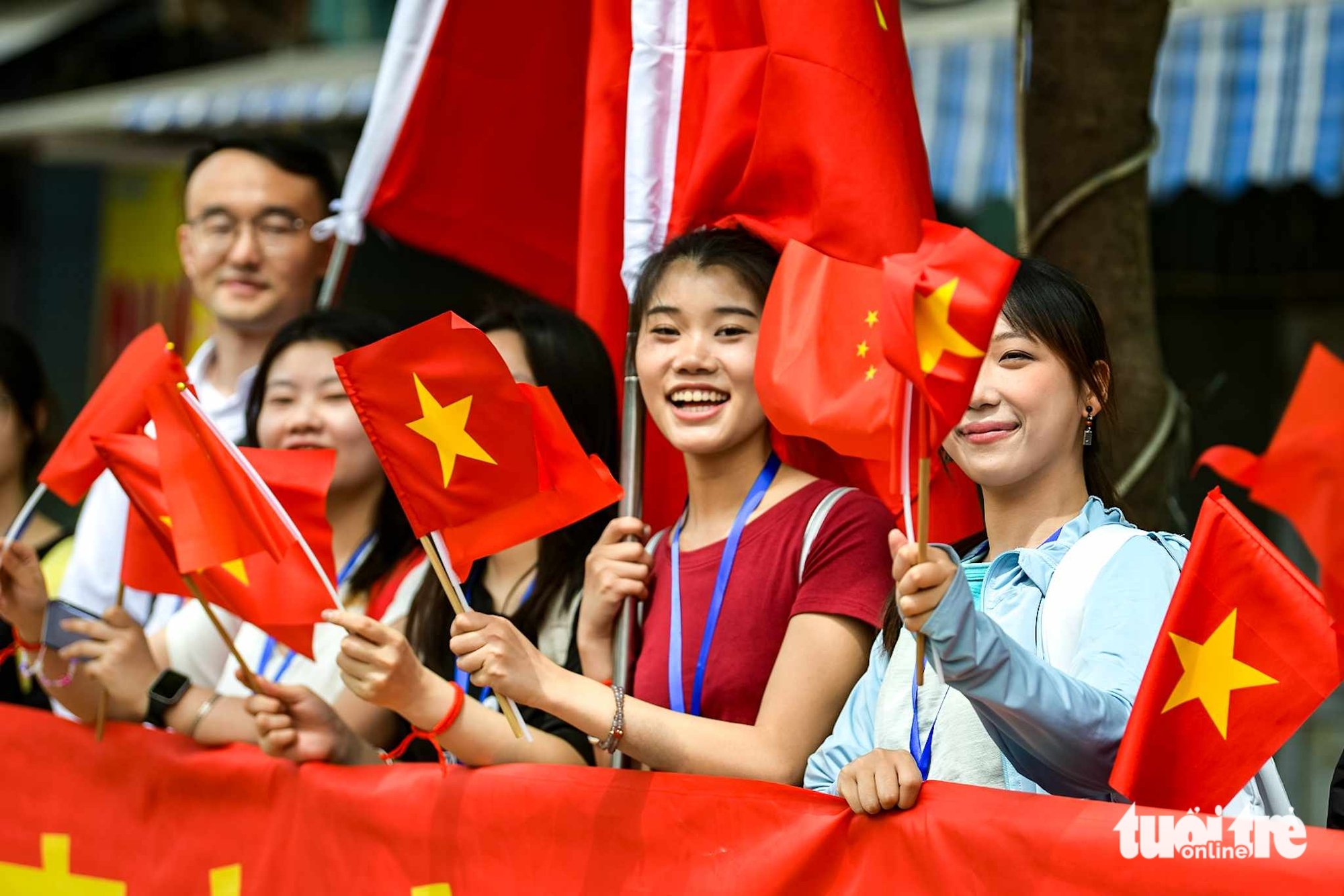
![[Photo] Opening of the 44th session of the National Assembly Standing Committee](https://vstatic.vietnam.vn/vietnam/resource/IMAGE/2025/4/14/03a1687d4f584352a4b7aa6aa0f73792)
![[Photo] Touching images recreated at the program "Resources for Victory"](https://vstatic.vietnam.vn/vietnam/resource/IMAGE/2025/4/14/99863147ad274f01a9b208519ebc0dd2)
![[Photo] Children's smiles - hope after the earthquake disaster in Myanmar](https://vstatic.vietnam.vn/vietnam/resource/IMAGE/2025/4/14/9fc59328310d43839c4d369d08421cf3)
![[Photo] General Secretary To Lam chairs the third meeting to review the implementation of Resolution No. 18-NQ/TW](https://vstatic.vietnam.vn/vietnam/resource/IMAGE/2025/4/14/10f646e55e8e4f3b8c9ae2e35705481d)
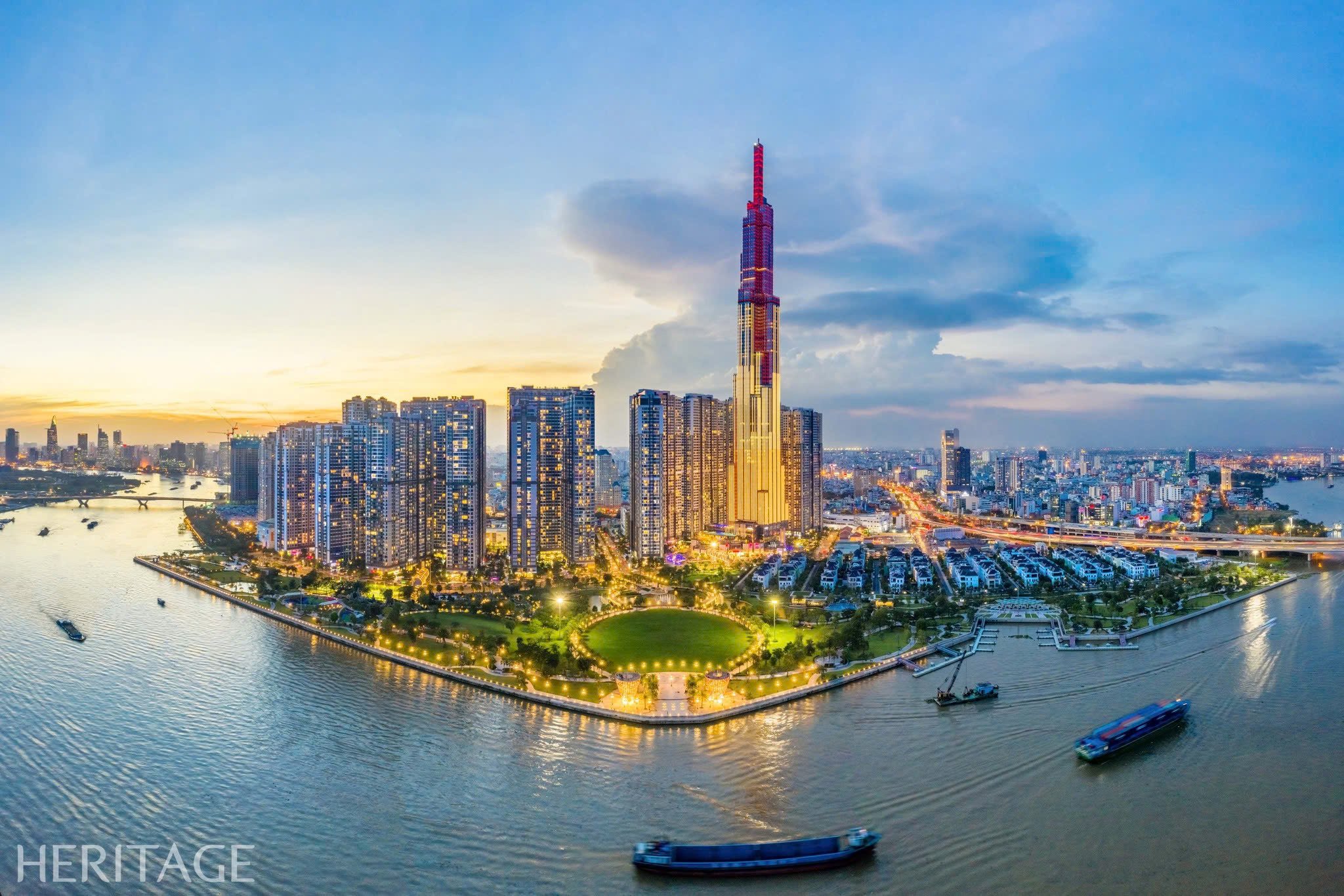




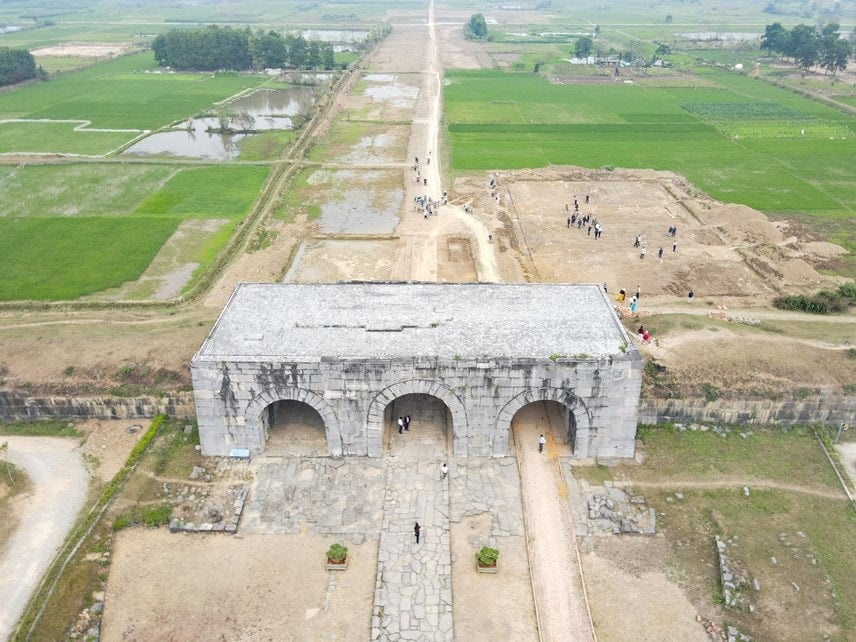

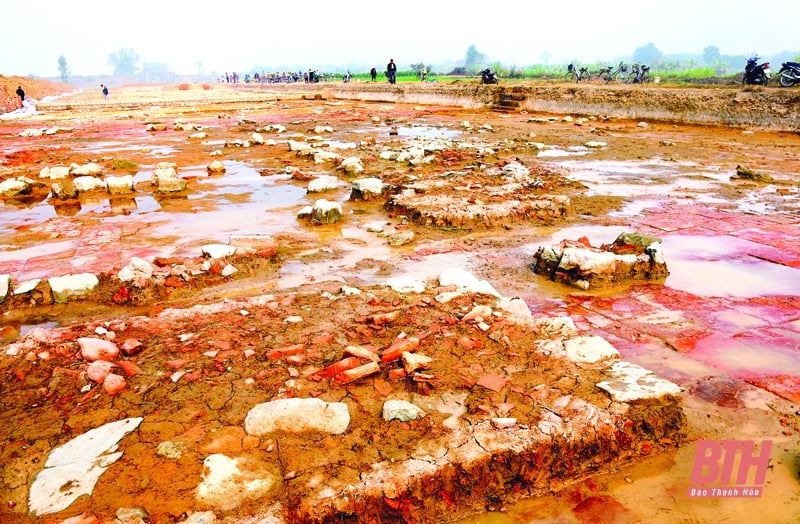
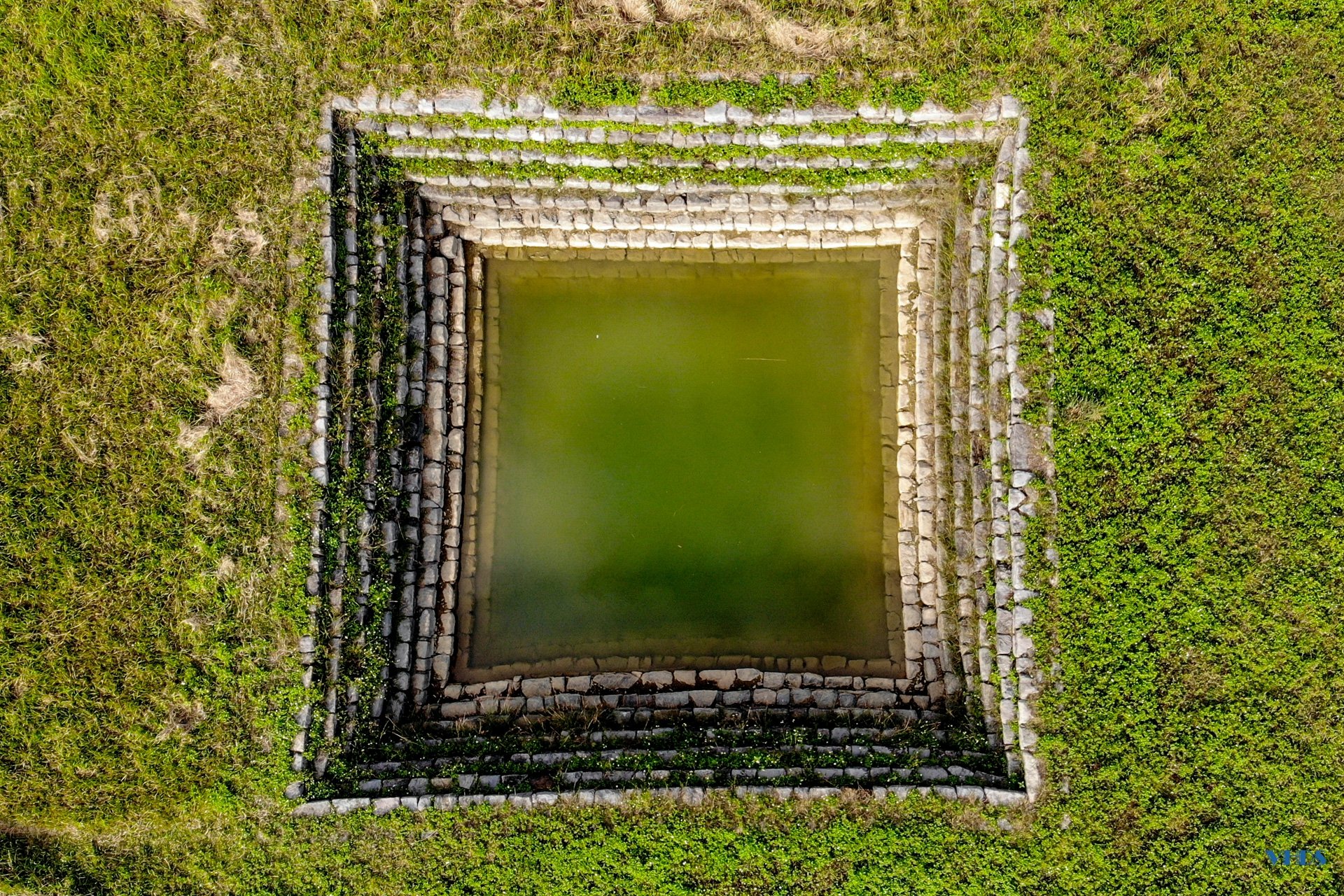
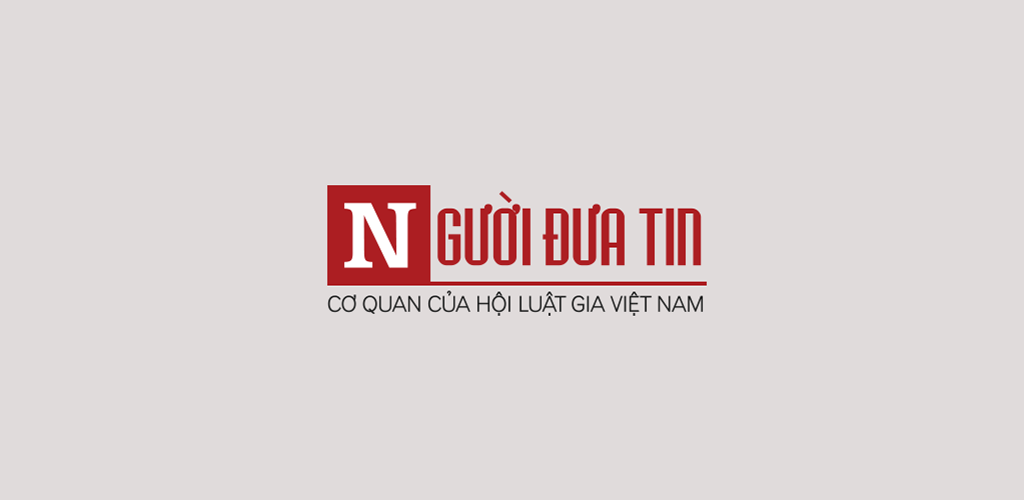
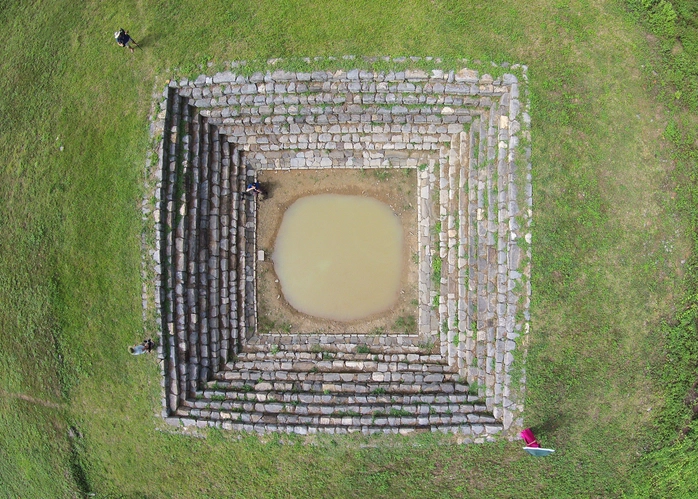

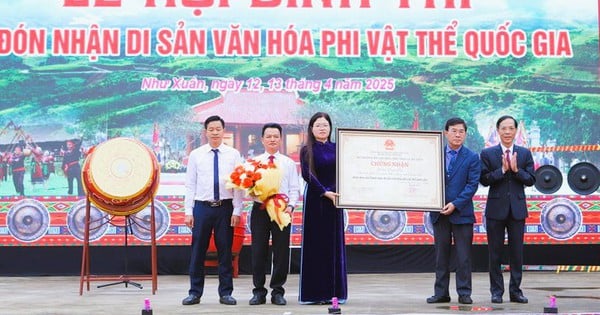

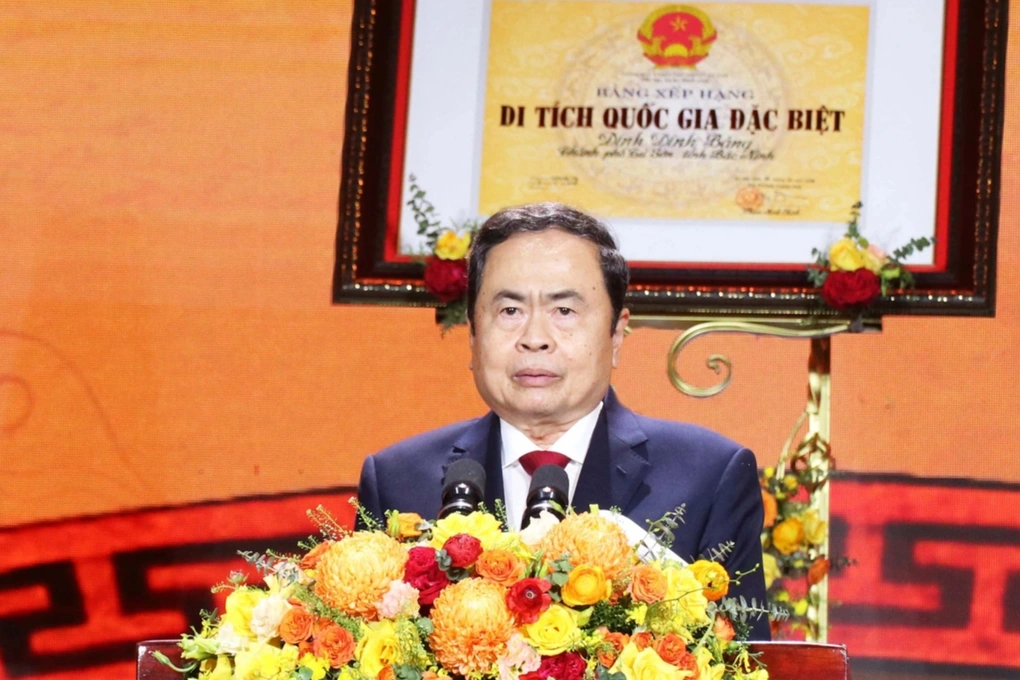
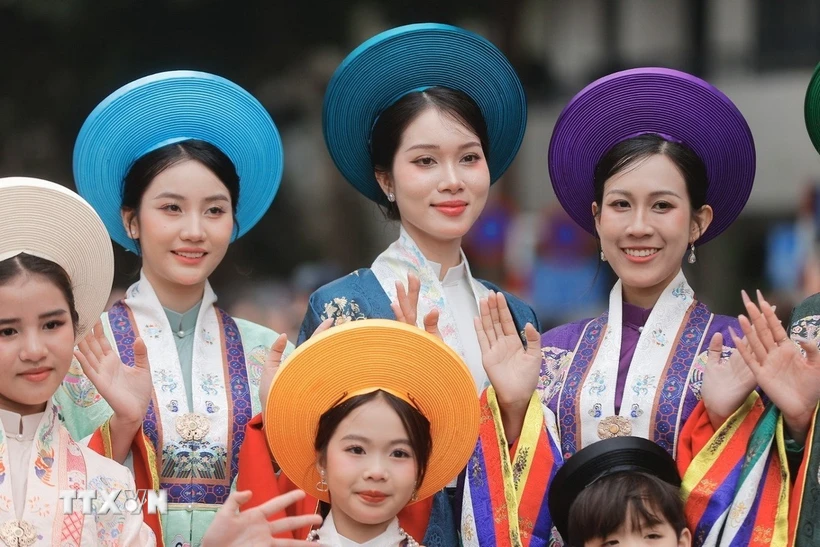









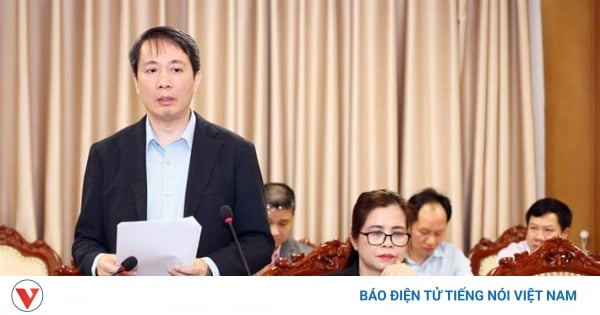







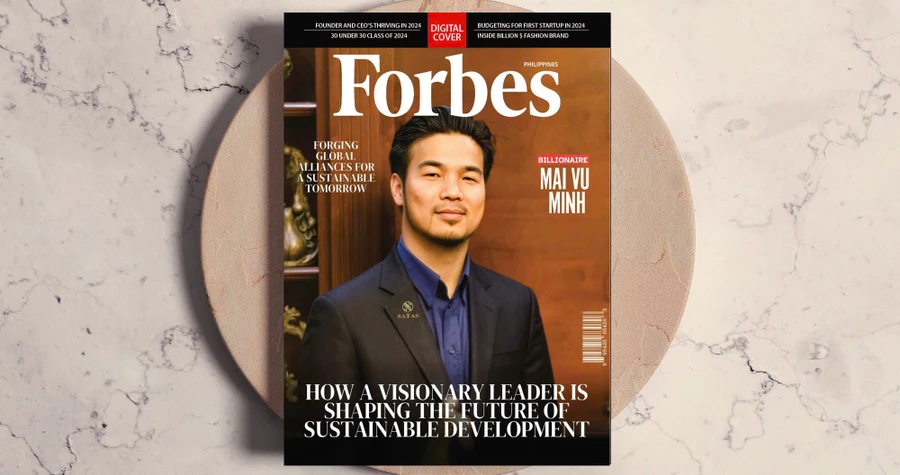







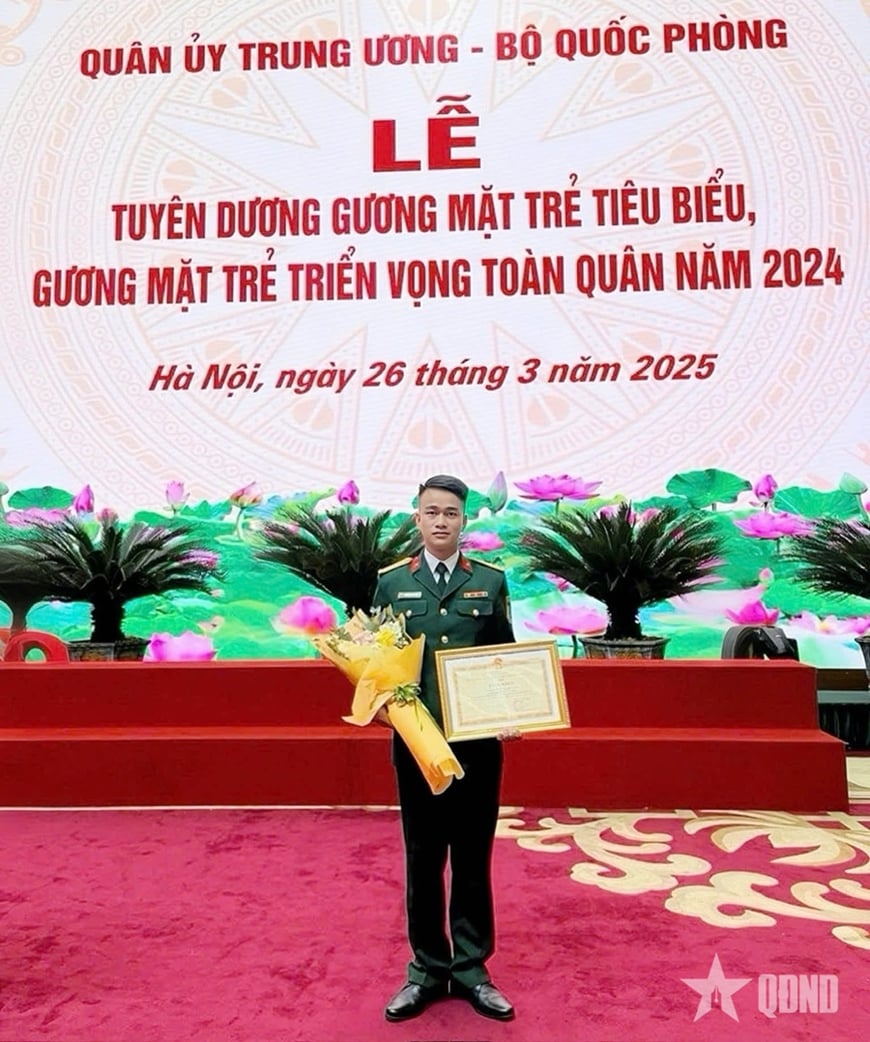

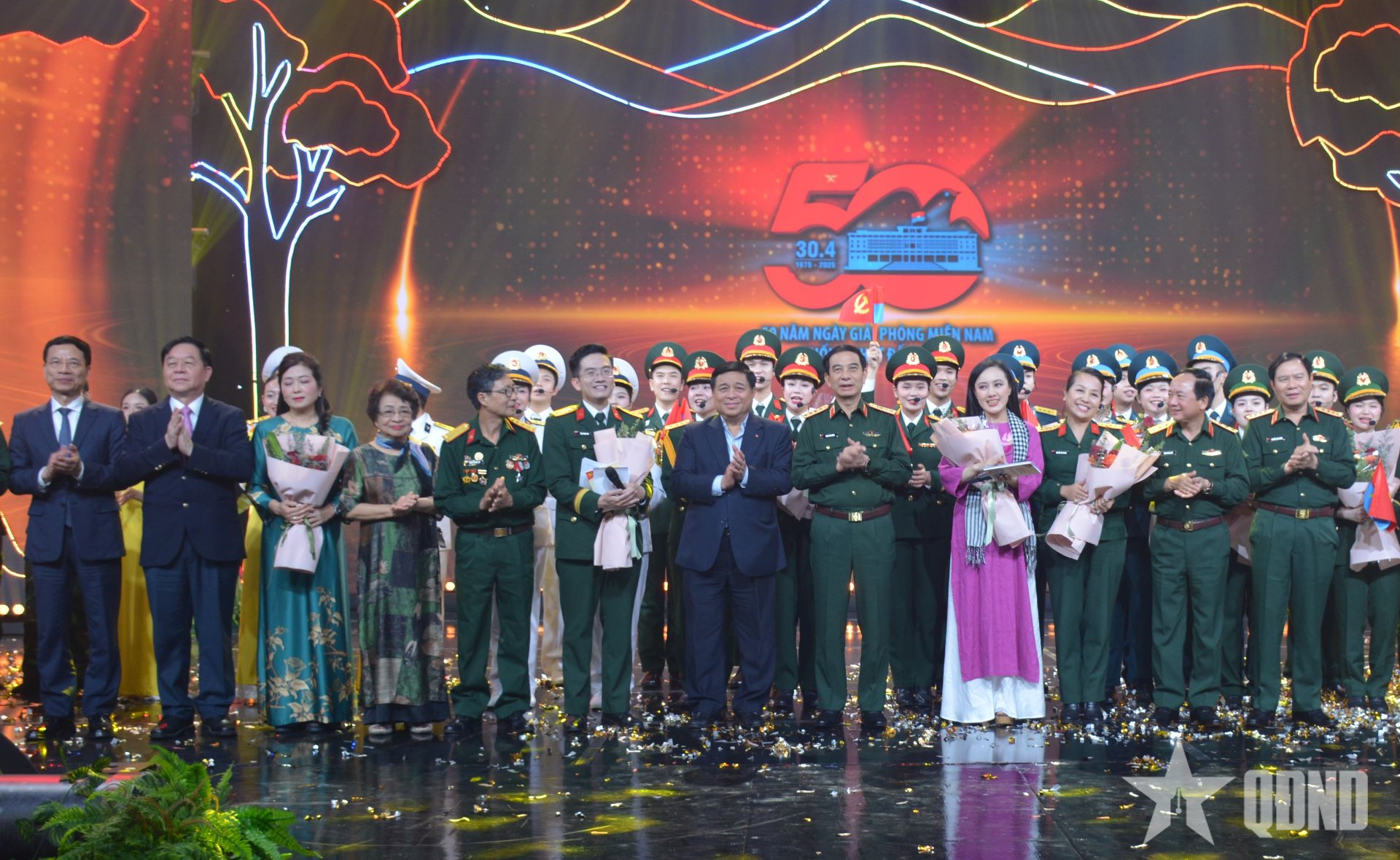









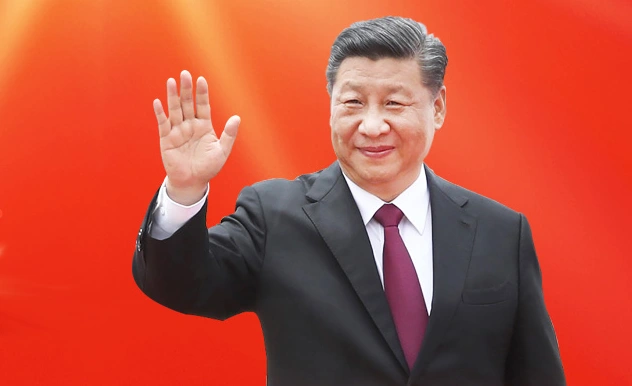
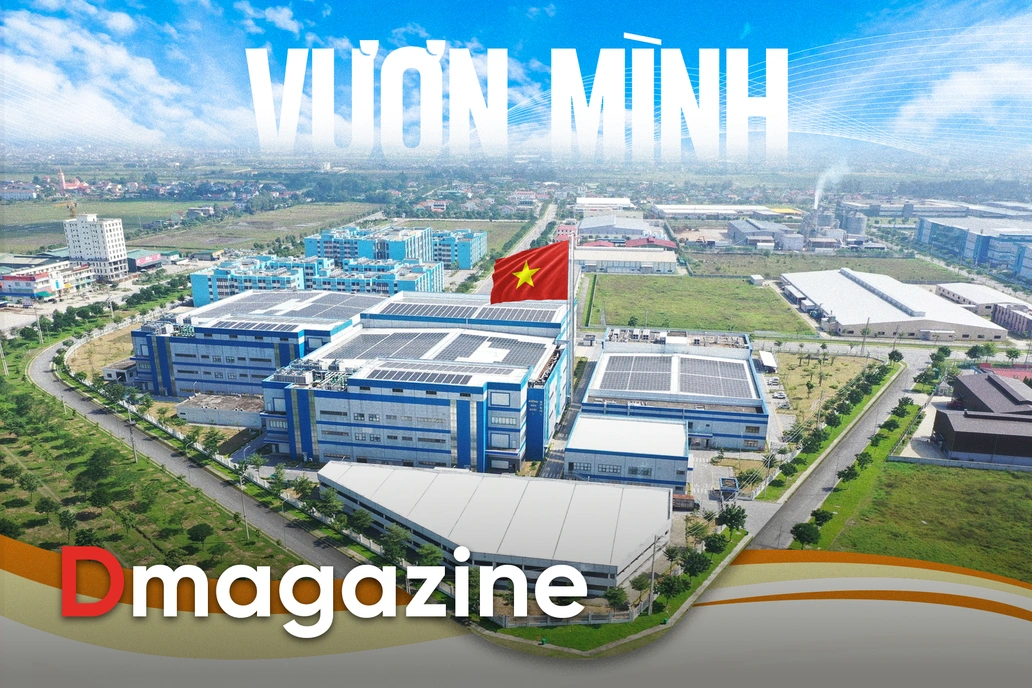
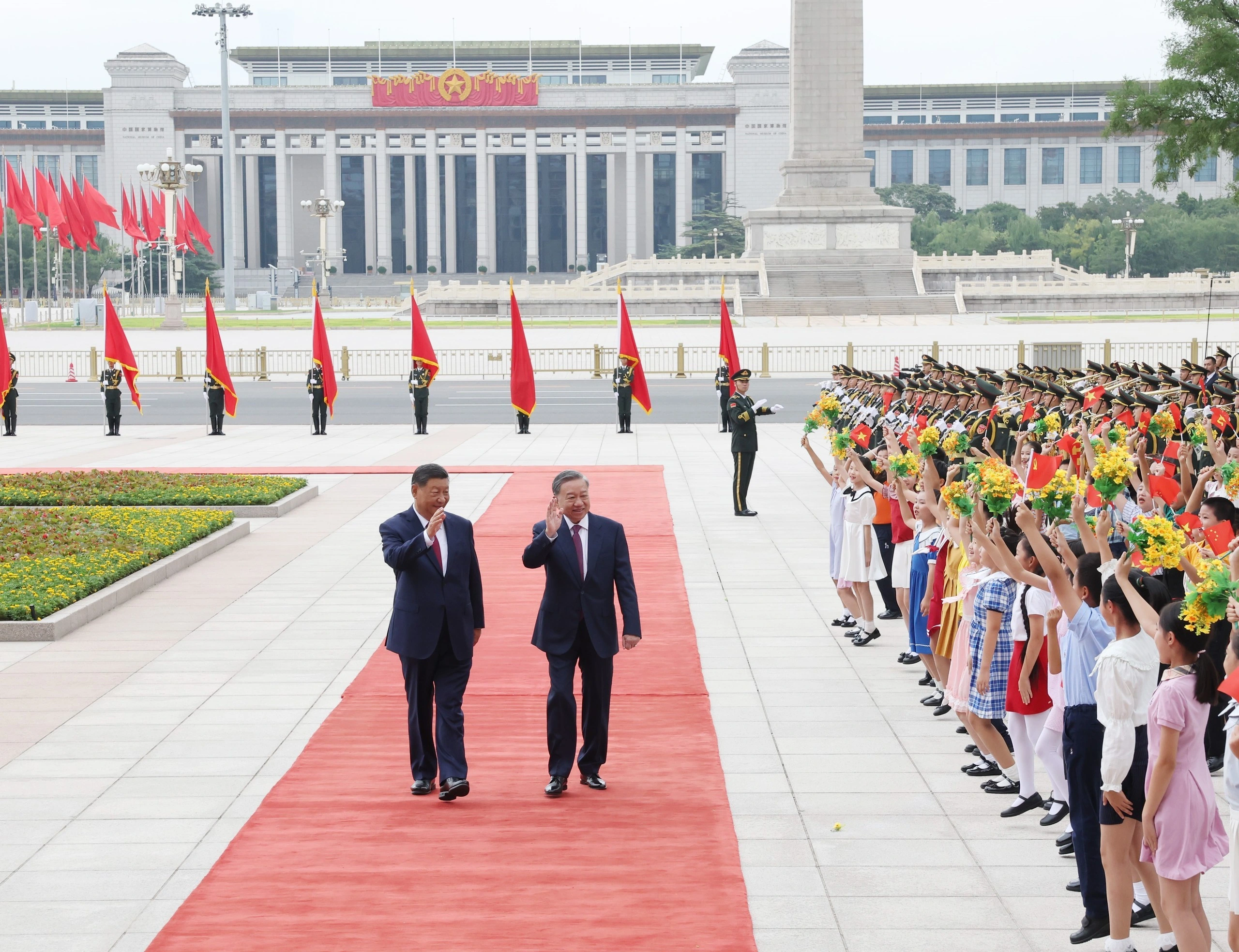
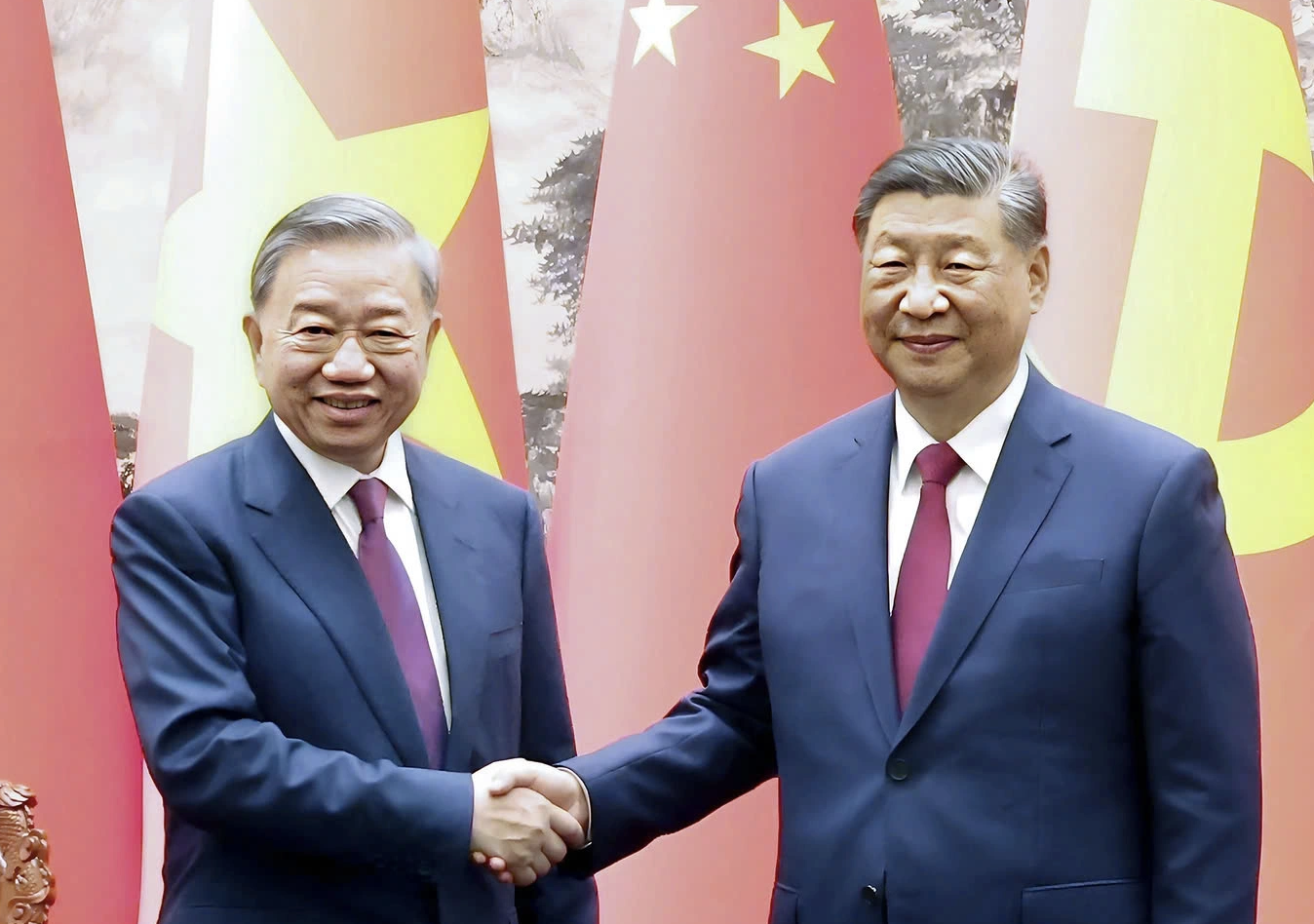
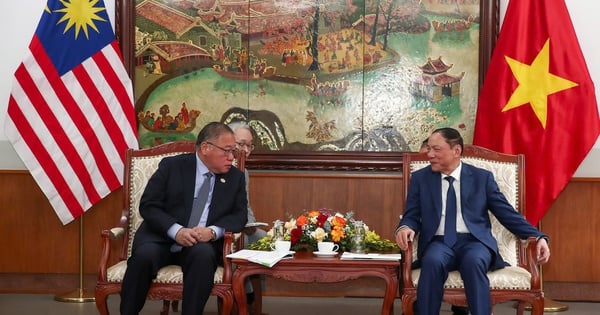



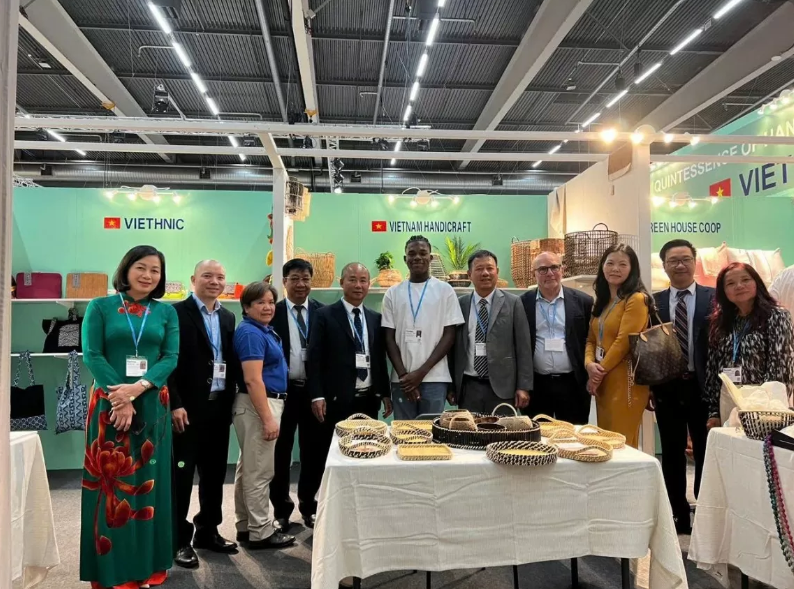


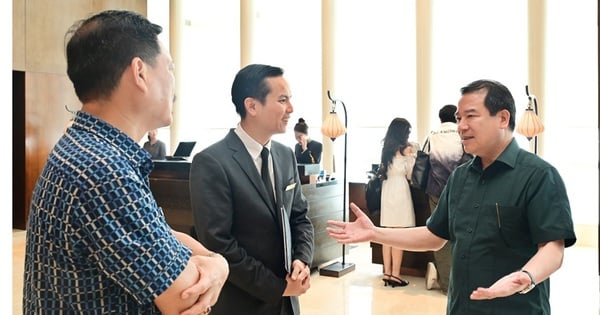
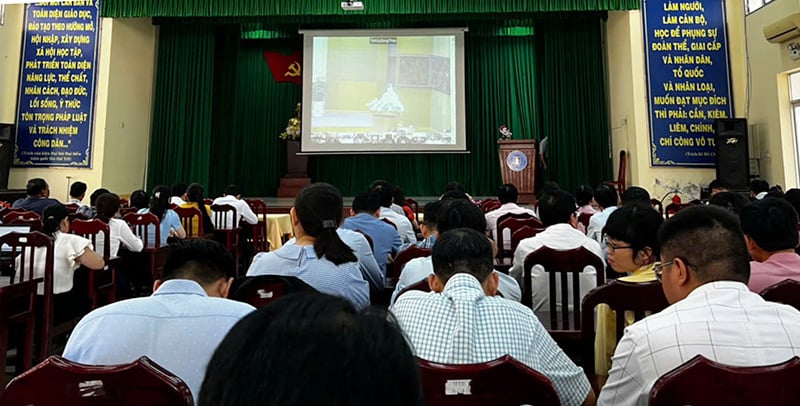
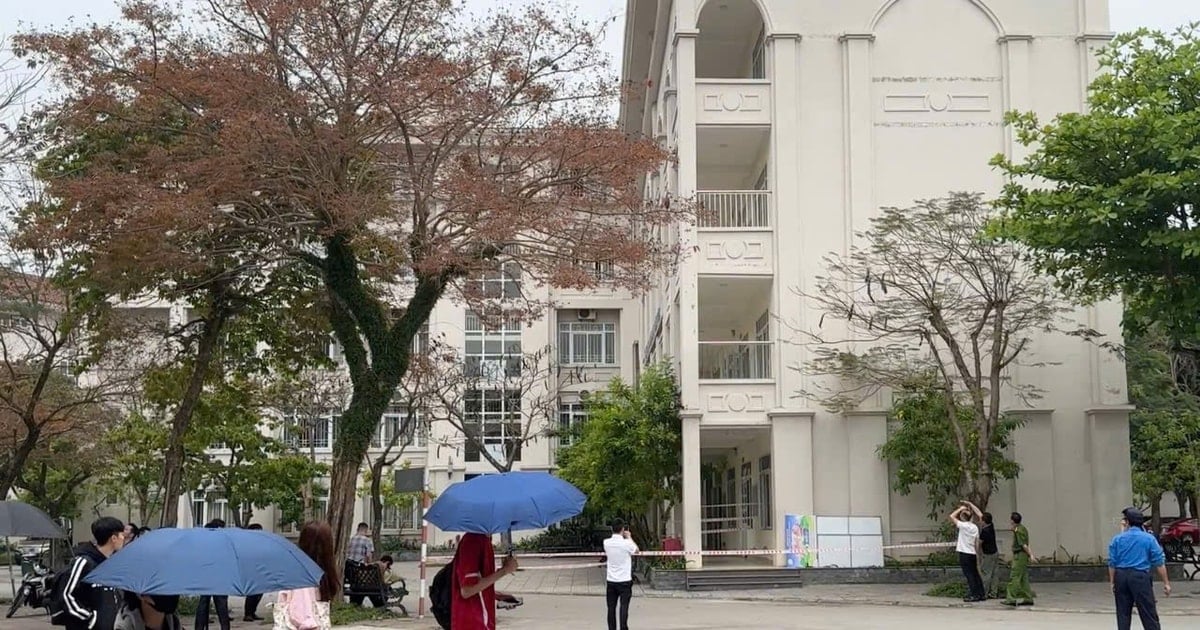

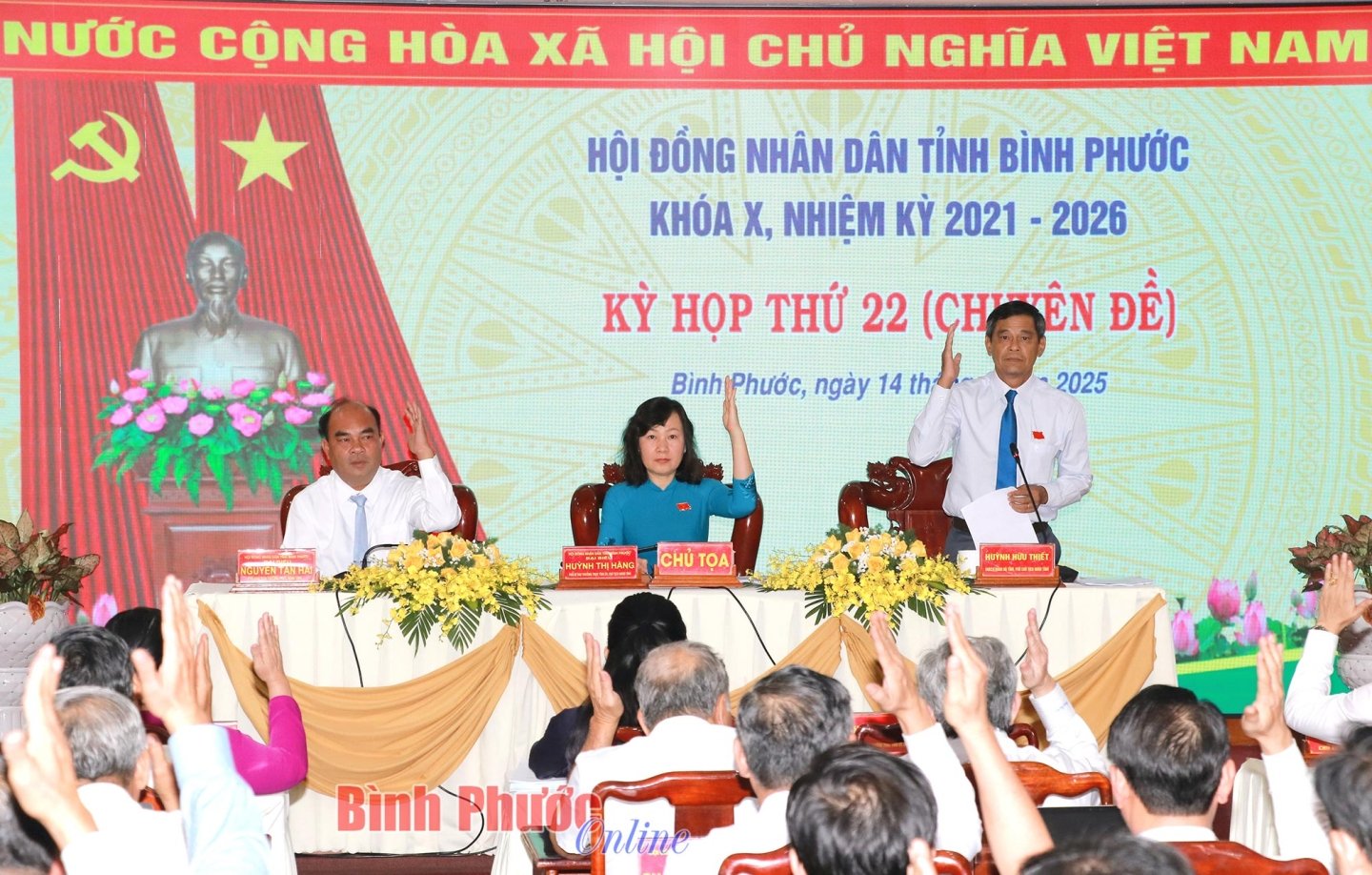
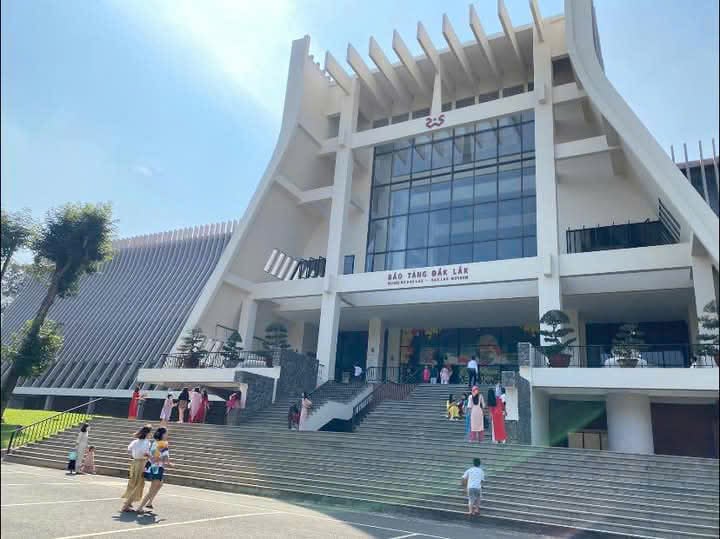
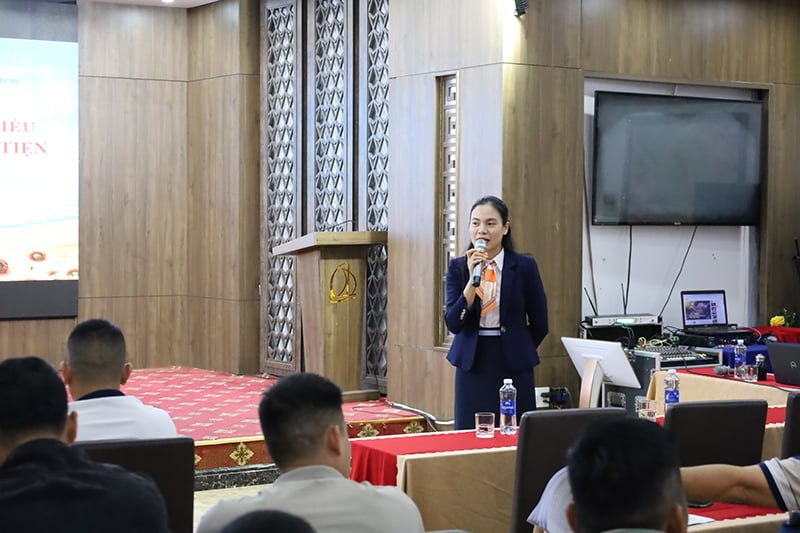












Comment (0)